Taking Berlin by Scooter
A Wintry Trip to History-Buzzed Berlin, Soaking in Its Jazz Festival and Sites, by Lime
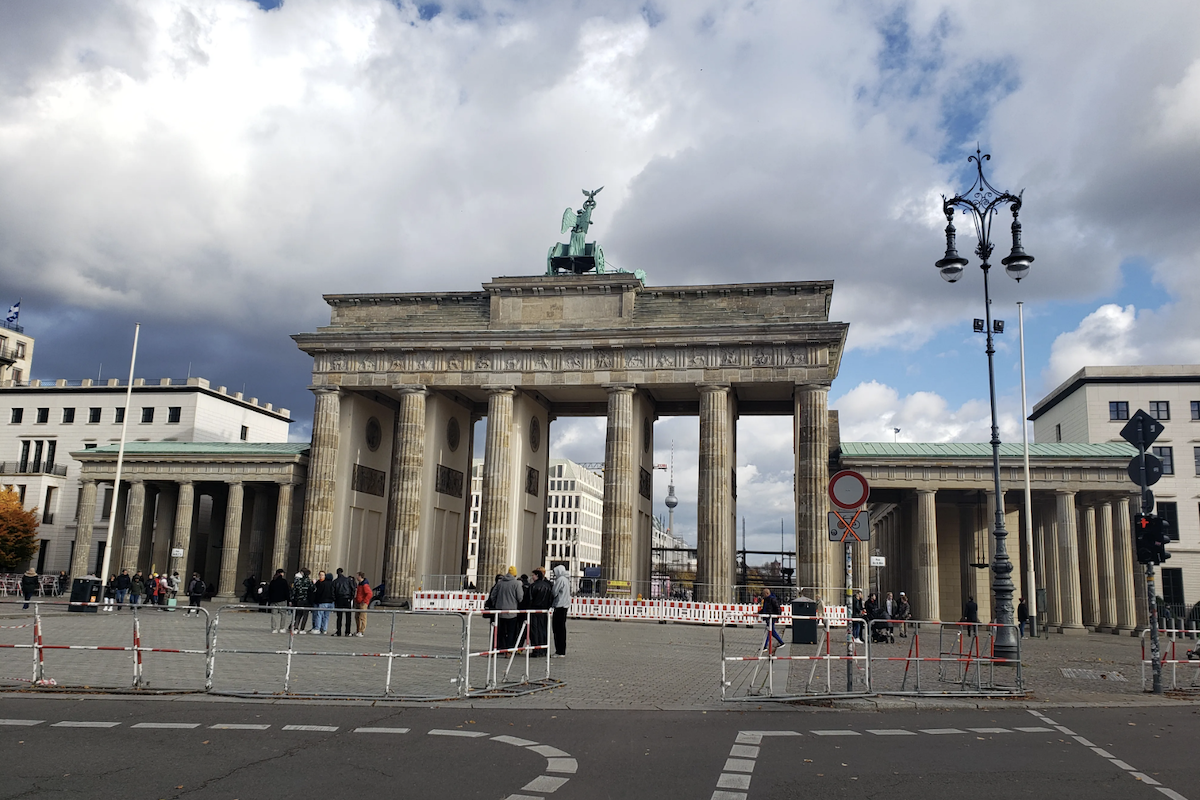
There can be a happy problem for travelers visiting a favored city on repeat occasions: “where to go,” “what to do,” and “how to go” become pesky questions when you have seemingly seen most of it all. I was faced with these questions when making perhaps my 12th visit to my beloved Berlin last November, trips always linked to writing about the venerable and venturesome JazzFest Berlin for various music magazines.
One way of freshening your travel and discovery prospects is to bring a tagalong; in this case, it was my son Sam, making his first visit to the city. He swiftly changed up my Berlin appreciation with a simple suggestion of a new mode of transport: scooters. The legion of rentable Lime scooters scattered liberally around this and other cities became a motif and metaphor for the trip.
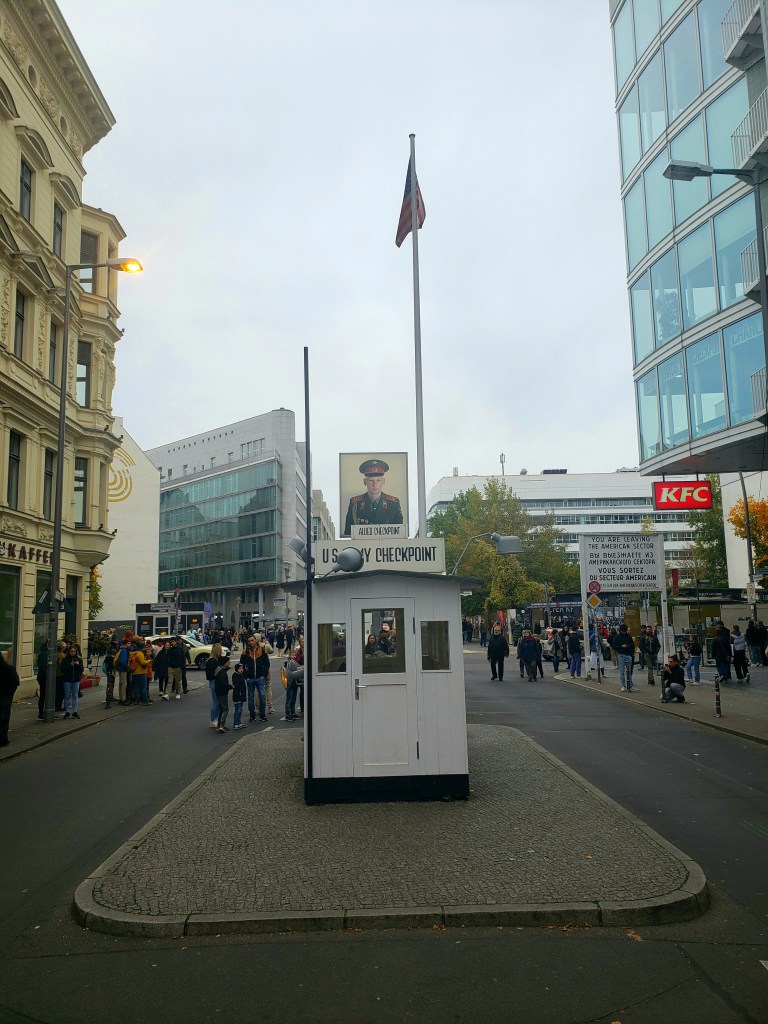
One day, we commandeered scooters at the far end of the lush, mini-forest-like park of the Tiergarten and fluidly zoomed through famed Berlin sites, past the looming golden Siegessäule “Victory column” statue, through the park and then the Brandenburg Gate and the Reichstag off to the left, into the former East Berlin. We stopped to hang out in the lobby of the historic Hotel Adlon, a magnet for celebrities and dignitaries (and scoundrels), built in 1907 and nestled up against the Gate. After reopening in 1997, the hotel gained a bit of unfortunate infamy when Michael Jackson held his infant outside his hotel room window for publicity’s sake.
The scootering continued onto the grand boulevard of Unter den Linden, lined with Linden trees and posh retail havens mixed with such historic buildings as the Berlin State Opera and Humboldt University (once the academic laboratory of Einstein), a street which morphs into the grittier GDR-dusted Karl-Marx-Allee. By Lime, it’s a tidy, trippy scenic journey through history, with a gentle scooter-ized breeze gracing your face.
Rumbling echoes of history and lines of demarcation are still present in Berlin, whether with markers of pre- and post-war life — WWII, that is — and residual collective memory of East versus West Berlin. The wall came down in 1989, but palimpsests remain, as with the Eastside Gallery, an outdoor museum of tagged walls a mile long. Checkpoint Charlie is still a popular tourist stop, with the über-cool coffee house/bookstore/hangout Die Espressonisten a stone’s toss away.
The elaborately developed and rebirthed Potsdamer Platz has gone from Soviet shabby to modern Berlin chic. And for a fascinating slice of frozen time experience, the Stasi Museum recounts the days of everyday espionage and Cold War kitsch (as conveyed on the world’s screens via Florian Henckel von Donnersmarck’s Oscar-winning 2006 German film The Lives of Others). Office decor and spying apparatuses remain unchanged from the moment East and West reunified in 1989, serving as a reminder of Berlin’s grim schism era.
The area around Potsdamer Platz is a fascinating study of life before and after the Wall, with the Kulturforum area’s old-school modernist structures — the still-inspiring orchestra hall, the Philharmonie, and the State Library across the street from the Mies van der Rohe–designed Neues Nationalgalerie, a mega I-beam fantasyland. One afternoon, we happily soaked in an exhibition of 100 works linked to Berlin by legendary German artist Gerhard Richter, spanning his willfully varied artistic directions.
Created in the ‘50s and ‘60s, the Kulturforum grew as West Berlin was stating its case as a cultural capital. Adjacent to that area, a clump of high-style architecture from the ’80s represents life after the Wall’s fall.
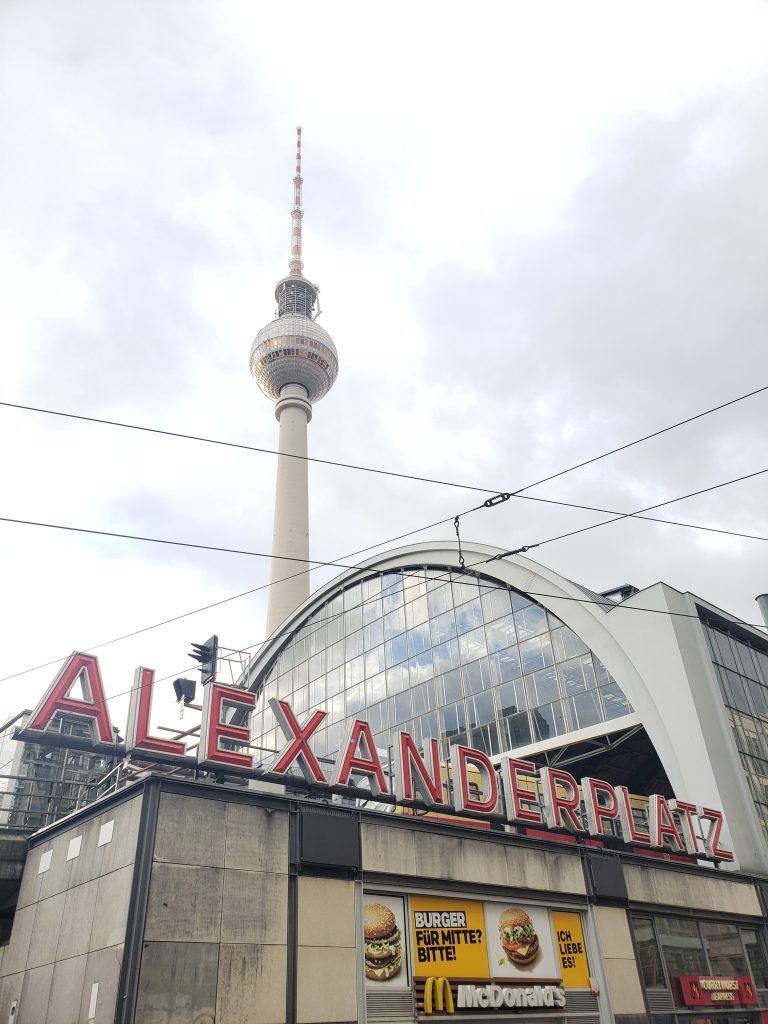
In Berlin of today, eating ops abound, from surprisingly savory vendors in underground U-Bahn stations on up (Wittenbergplatz, for one, is especially well-stocked with edible grab-and-go options). Upon arrival in Berlin, jet-lagged but semi-ready for action, I got off at the Zoo station via the U2 (as partly made famous by U2), en route to the hotel. Some mandatory ritual dictated that I grab some currywurst and a Berliner Kindl beer at Curry 36. On subsequent late-night stops there — after festival sets at the club Quasimodo — and elsewhere at street vendors satisfied the urge for the mini-meatloaf stuff of frikadeller.
Berlin is blessed and well-stocked with fine restaurants of various cuisines, a more logical choice of Berliners, while tourist rubes like me flock to the schnitzel and such fare of German food. When in Germany…. We found the good German stuff at Gasthaus Krombach and Schlagel’s. For a tranquil stop in an elegant coffee house by day, a leisurely stint in the Café Wintergarten im Literaturhaus is a must. I didn’t have time to stop in at another favorite spot, the bohemian hang of Zwiebelfisch in Savignyplatz.
Sam turned out to also be a positive influence in terms of tempering my urge for maximum tourist action (if it’s Tuesday at 2:30 p.m., this must be the Reichstag) by bringing along his Zen-like sense of pacing and curiosity-fueled taste for “wandering.” We spent lingering stretches of time around Alexanderplatz (echoes of Fassbinder’s epic film Berlin Alexanderplatz) and the massive historic shopping mecca of the KDW (Kaufhaus des Westens, built in 1907 and the second-largest department store in Europe, after London’s Harrods), featuring expansive food court options on its uppermost floors.
Sam was a good sport about accompanying me at the Sunday service in the grand Berliner Dom, with its impressive organ and choir, and German service softening its religious alignment or dogma. After church, we hopped over the bridge and took the advisable and affordable boat tour on the Spree River. City boat tours often provide a compact window on urban life and turf, as it is here. We found ourselves leisurely gliding through a brief history of Berlin architecture and temples of power, from the vintage and loaded Reichstag to the power temples of modern government and business buildings and the mind-warping structure called “The Cube,” a “smart” office building created by the Danish 3XN firm.
Sam also gamely accompanied me to a few of the festival’s concerts, despite the fact that his musical tastes don’t generally dip into the left-field-leaning offerings this festival tends to showcase.
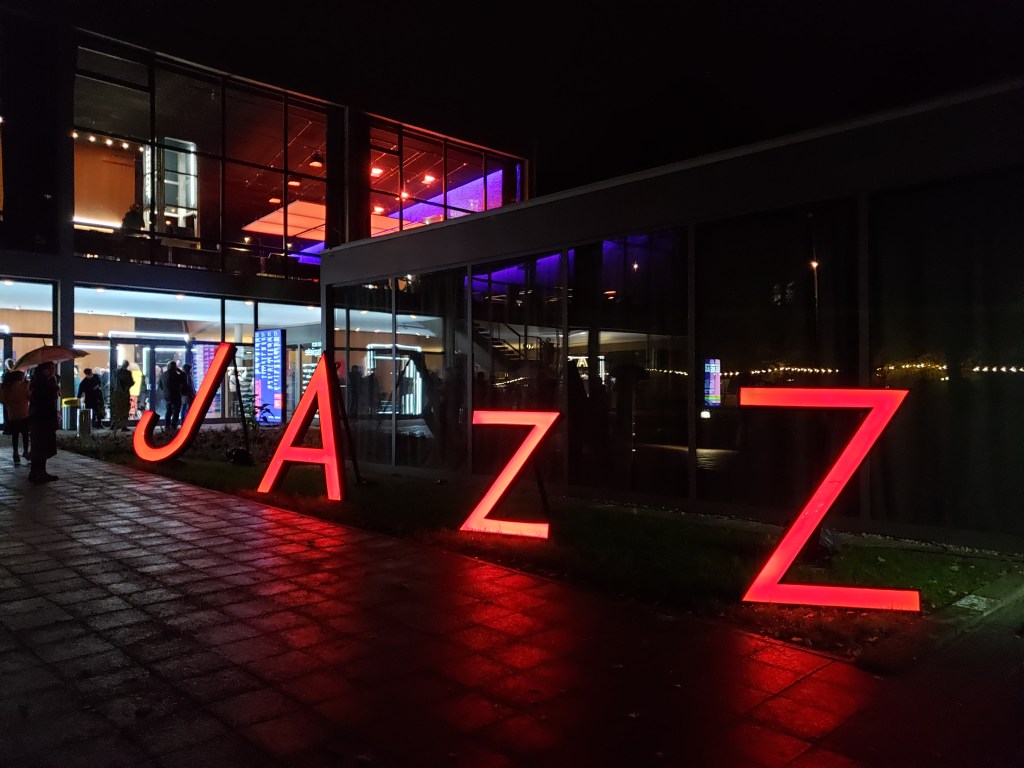
Innate adventure and a sense of liberation have been part of JazzFest Berlin from its beginnings, as a statement of freedom in West Berlin during the Divide — also tapping into the encoded message of liberation in the jazz genre itself. Among its early directors was famed Modernist trombonist Albert Mangelsdorff.
Famously, Martin Luther King Jr. penned an essay for the 1964 edition of the festival in its formative stage, recognizing the innate message of freedom-seeking in this specific place and fest, comparable to the gathering storm of the Civil Rights Movement back home in the U.S.
MLK: “Jazz is exported to the world. For in a particular struggle of the Negro in America, there is something akin to the universal struggle of modern man. Everybody has the blues. Everybody longs for meaning. Everybody needs to clap hands and be happy. Everybody longs for faith. In music, especially this broad category called jazz, there is a stepping stone toward all these.”
Fast-forward to now, and current director Nadin Deventer — the festival’s first female head and with a natural feel for mold-busting concepts in her five years in charge — has nudged this festival’s natural iconoclastic leanings ever leftward.
This year’s rich program featured an hour-long premiere by great American (and MacArthur Grant “genius”) Henry Threadgill, with his group Zooid and the Berlin-based ensemble Potsa Lotsa. Also in Berlin were drummer Andrew Cyrille and the dynamic duo of bassist William Parker and drummer Hamid Drake.
Thanks to Deventer’s foresight and advocacy, this festival serves up equal time and attention to important female jazz artists, here including the Europeans Eve Risser and her Red Desert Orchestra (French), dazzlingly dynamic pianist-band-maker Kaja Draksler (Slovenia), concept-driven Belgian pianist Marlies Debacker, and potent German-turned-Brooklynite tenor saxist Ingrid Laubrock. Laubrock showed up, in mostly free form, over at the A-Trane club with her husband-drummer Tom Rainey (a Santa Barbara–grown global jazz hero) and young ascendant bassist Brandon Lopez.
While most of the music goes down in the serviceable Berliner Festspiele theater compound in the Wilmersdorf area of the city, action also popped up at the clubs A-Trane and Quasimodo. Music also unfolds in traditional Sunday afternoon concerts in the Kaiser Wilhelm Memorial Church on the Kurfürstendamm: It is a bomb-damaged structure left unrepaired as a memorial and “never again” emblem of the dark epoch of WWII. In the adjacent blue octagonal chapel built in 1962, we heard the beguiling ambient sounds of sound-tweaking guitarist Oren Ambarchi’s “Ghosted,” sometimes suggesting a sonic kinfolk to the chapel’s pipe organ, which has been put to good use in past JazzFests.
At the tail end of our day bouncing around Berlin on various scooters, it was time for one of my epicurean pilgrimages when in the city — a visit to Zur Letzten Instanz (“In the Last Instance”), ostensibly the city’s oldest restaurant. Founded in 1621, and in this tucked-away spot in former East Berlin (much easier to find in the GPS age) since 1750, the humble but delectable eatery basks in its own deeply preceding reputation.
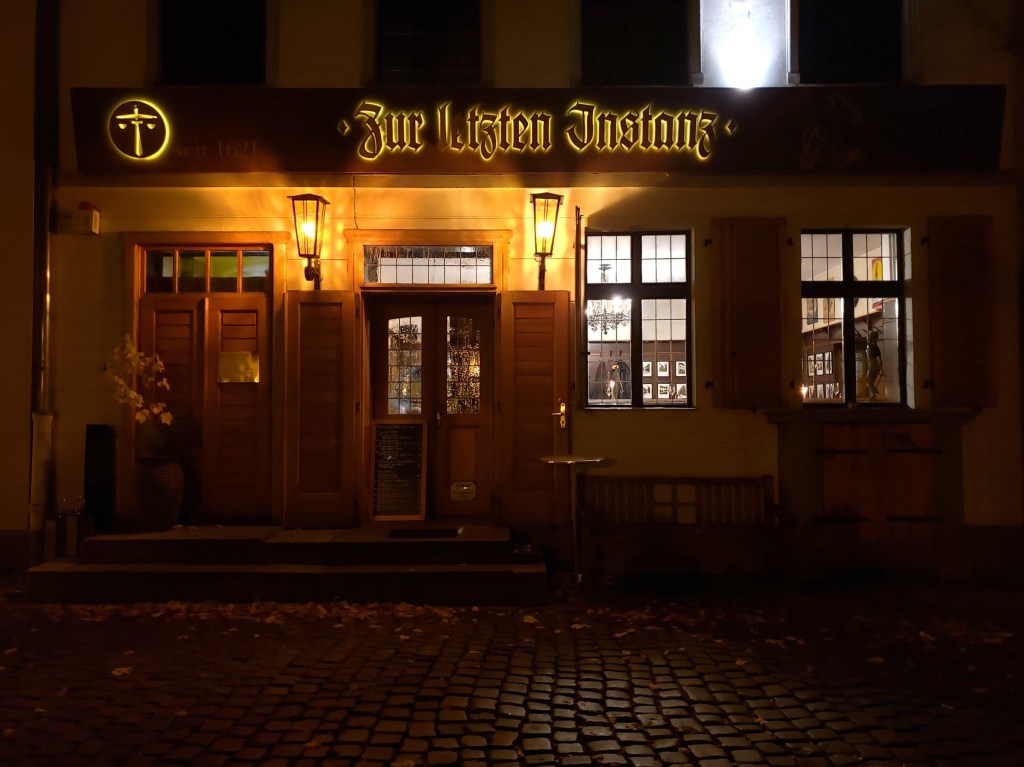
Whether its deep-dish historical legacy — especially affecting for visitors from the jejune America — adds to the savory flavors beheld here, and whether or not tourist bait is part of the program, a dinner in this space can have the feel of something august and special. Sam and I co-sampled delicious entrées of pork knuckle, more subtle and reasonably scaled compared to the hunk o’ knuckle schweinshaxe offerings at other restaurants, and a cabbage roll elevated from utilitarian grub to the outer vicinity of haut cuisine.
Capping it off, we felt obliged to dip into the healthy schnapps menu (recalling Günter Grass’s line from The Tin Drum: “Duty is duty, und schnapps ist schnapps!”). Sam won the taste-test prize with his refreshing and unconventional cucumber schnapps, from the Stork Club brand out of Brandenburg — a cucumber/pickle capitol in Germany, according to our friendly, informed waitress.
Attempts to later have the special schnapps shipped to California failed: I was informed that shipping to the U.S. was legally verboten. We are not in Berlin anymore. But the city’s allure remains, with the added attraction of doing Berlin-by-Lime.
Premier Events
Thu, Dec 05
5:00 PM
Santa Barbara
First Thursday at Art & Soul in the Funk Zone
Sat, Nov 23
11:00 AM
Santa Barbara
Santa Barbara Antique & Vintage Show & Sale
Sat, Nov 23
12:00 PM
Santa Barbara
Fall 2024 Healing Arts Faire
Sat, Nov 23
7:30 PM
Santa Barbara
SBCC Theatre Arts Department presents “Mrs. Bob Cratchit’s Wild Christmas Binge”
Sun, Nov 24
11:00 AM
Santa Barbara
Santa Barbara Antique & Vintage Show & Sale
Sun, Nov 24
6:00 PM
Santa Barbara
¡Viva el Arte de Santa Bárbara! Mariachi Garibaldi de Jaime Cuellar
Mon, Nov 25
11:00 AM
Santa Barbara
Extra Planetarium Shows This Week
Tue, Nov 26
7:00 PM
Santa Barbara
An Evening with Mendeleyev
Tue, Nov 26
7:30 PM
Santa Barbara
CLUE
Wed, Nov 27
7:00 PM
Santa Barbara
The Hansen Family Songfest!
Thu, Nov 28
1:00 PM
Santa Barbara
The Cruisery Open on Thanksgiving
Thu, Dec 05 5:00 PM
Santa Barbara
First Thursday at Art & Soul in the Funk Zone
Sat, Nov 23 11:00 AM
Santa Barbara
Santa Barbara Antique & Vintage Show & Sale
Sat, Nov 23 12:00 PM
Santa Barbara
Fall 2024 Healing Arts Faire
Sat, Nov 23 7:30 PM
Santa Barbara
SBCC Theatre Arts Department presents “Mrs. Bob Cratchit’s Wild Christmas Binge”
Sun, Nov 24 11:00 AM
Santa Barbara
Santa Barbara Antique & Vintage Show & Sale
Sun, Nov 24 6:00 PM
Santa Barbara
¡Viva el Arte de Santa Bárbara! Mariachi Garibaldi de Jaime Cuellar
Mon, Nov 25 11:00 AM
Santa Barbara
Extra Planetarium Shows This Week
Tue, Nov 26 7:00 PM
Santa Barbara
An Evening with Mendeleyev
Tue, Nov 26 7:30 PM
Santa Barbara
CLUE
Wed, Nov 27 7:00 PM
Santa Barbara
The Hansen Family Songfest!
Thu, Nov 28 1:00 PM
Santa Barbara

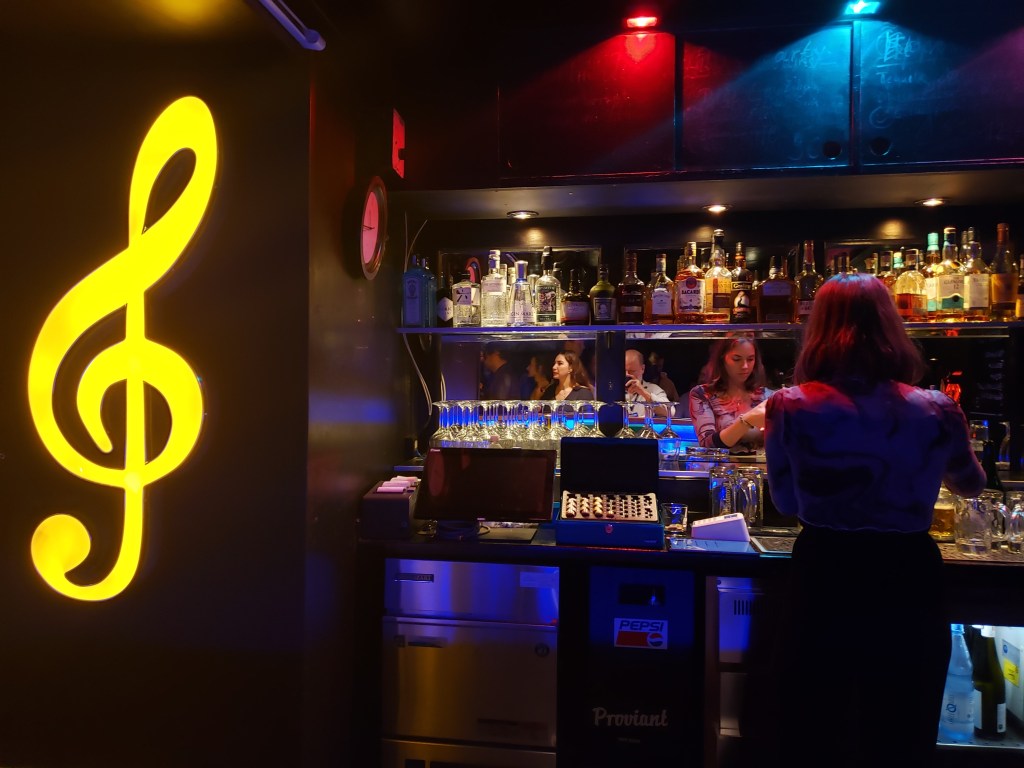
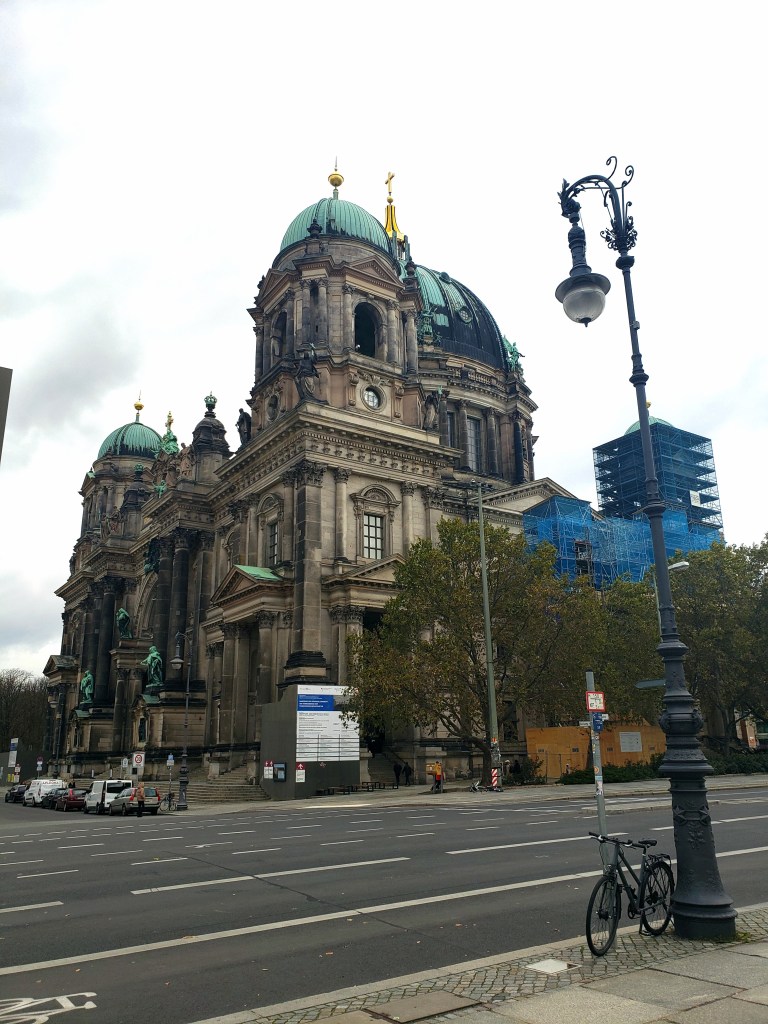
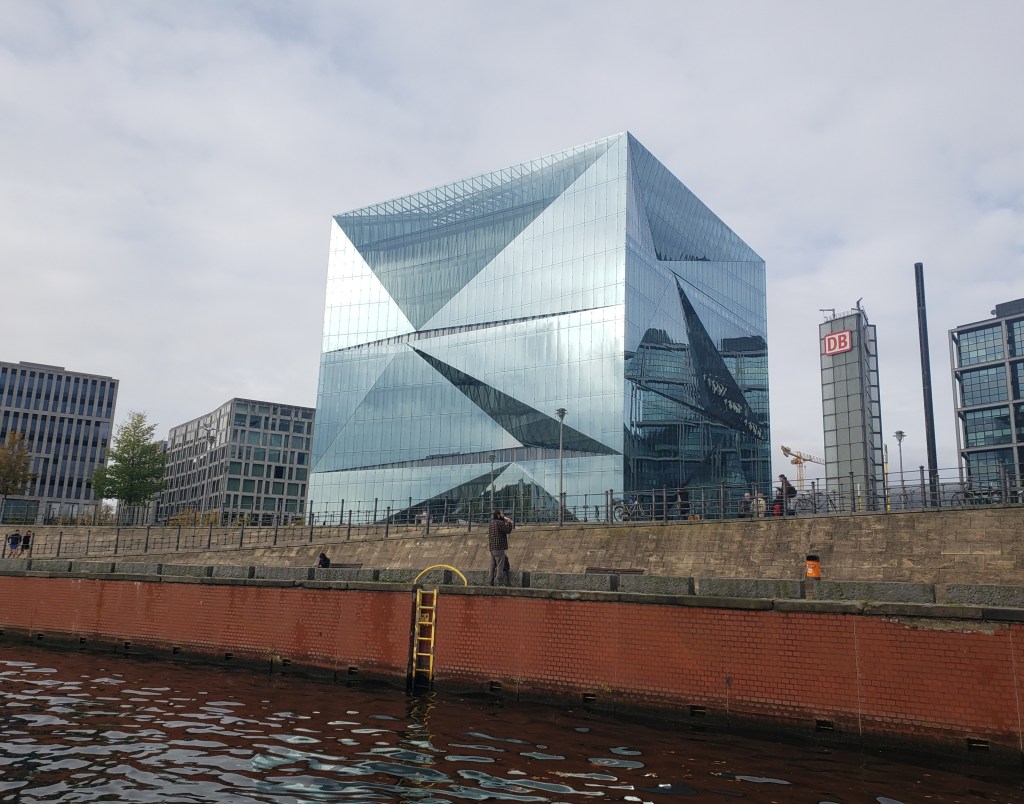
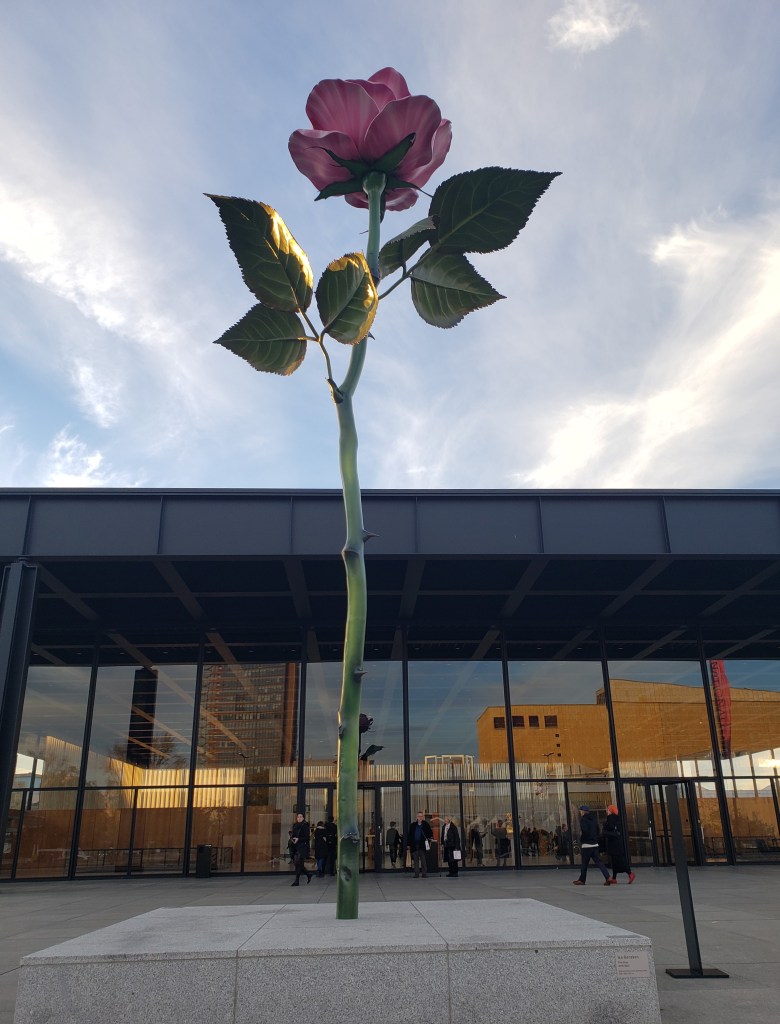
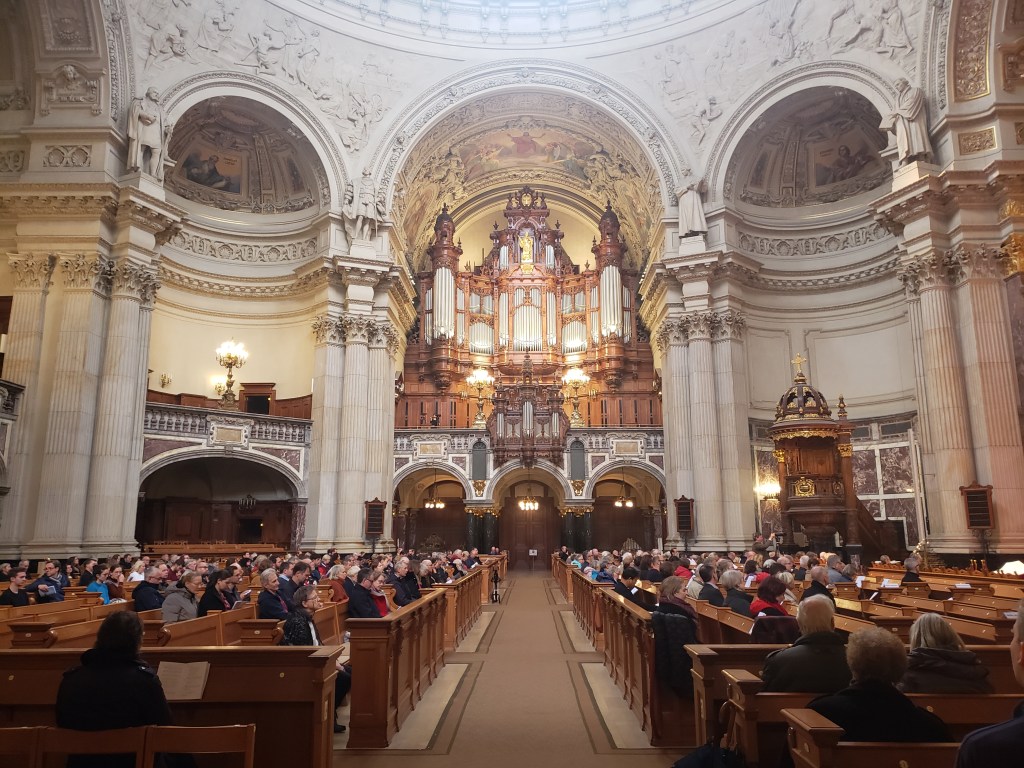
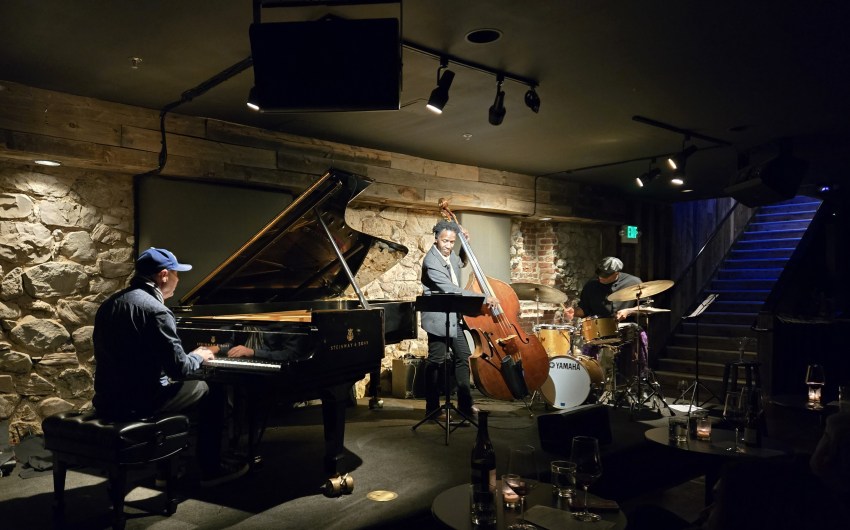




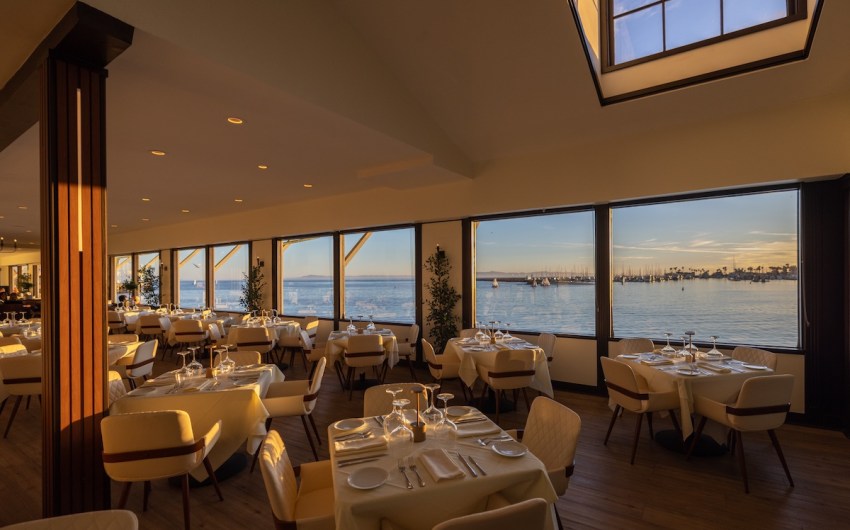



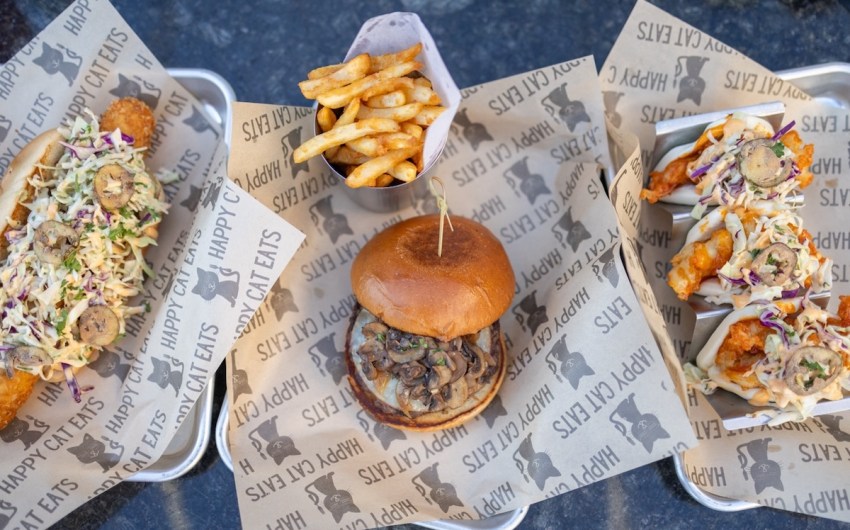










You must be logged in to post a comment.